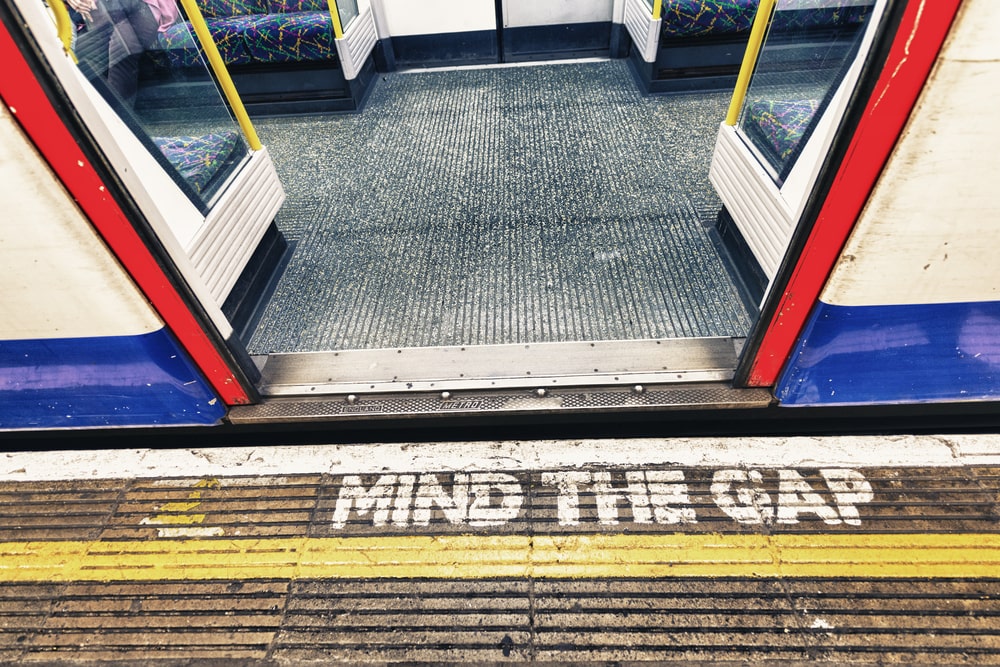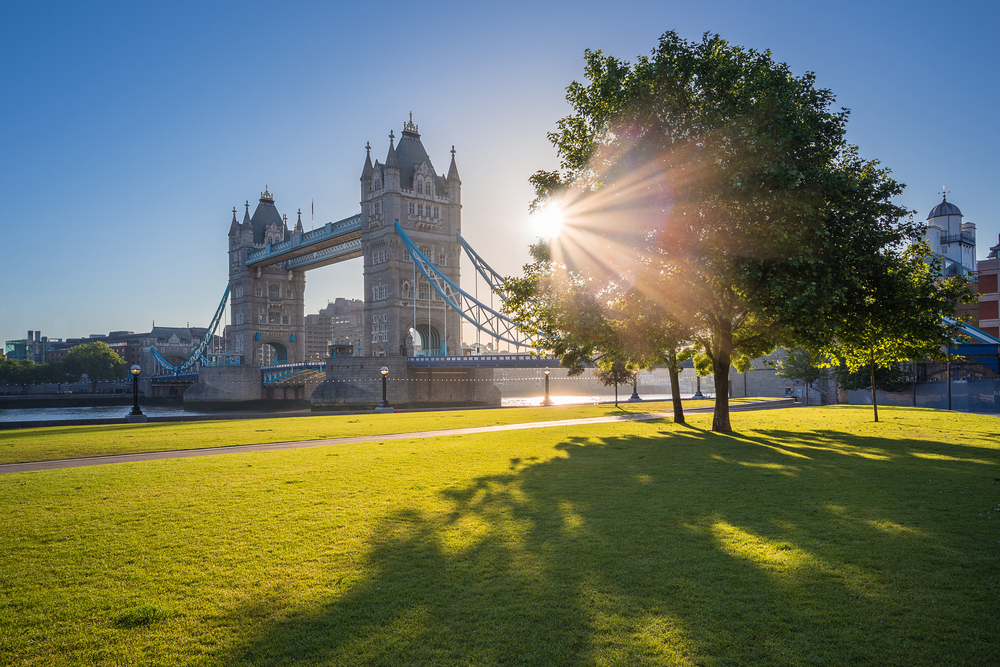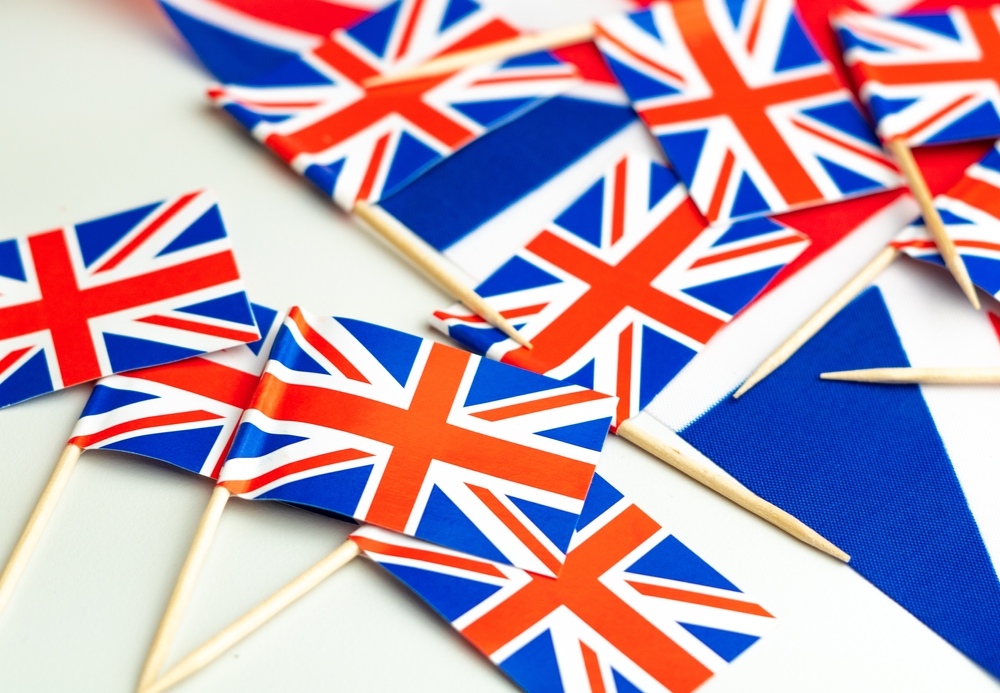Like it or not, the history of the Tube is one more of necessity (driven by work commuters) than one of innovation for the comfort of leisure-seekers – and guests likely to book a stay in London with the likes of a single room near Hyde Park.
Indeed, it wasn’t until the year 1836 when the UK capital – one of the biggest, if not *the* biggest, metropolises in the world – was first graced with an overground train line. All very modern and helpful for transportation, for sure, but only for getting people into and out of the city; not about it.
Why was The Tube built?
The working people, certainly those of them at the less well-paid end of the scale, had scant help in getting to and from work. And given the heaving population of London by now, this posed a problem – London’s streets were simply getting ever more crowded; the roads and pavements ever more congested. Which is saying something because, back then, of course, alongside the workers, there were far fewer tourists staying in the city and enjoying dining and a breakfast Hyde Park.
The answer, it was decided, was a railway network beneath the city. So, in 1854, construction on what would become the Tube got underway. Unfortunately, though, due to the Crimean War, five years passed before the necessary funding for the thing was raised.
From new tunnels to The Tube
When it did get underway, though, the project was one of the boldest public works attempted anywhere in the world. Engineering-wise, Sir John Fowler’s ‘cut and cover’ method of creating the underground tunnels was adopted. It saw the cutting of metres-deep trenches into the ground to create what would eventually be transformed into the network’s tunnels.
Early days
By 1863, the first tunnels rail lines were in place, with – perhaps startingly to our minds, today – steam engine-powered trains taking to the rails and running people through the tunnels.
Predictably enough, things were hardly perfect for either commuters or those who worked on the lines, thanks to fact that the plumes of sulphuric smoke churned out by the steam engines had nowhere to escape to, and so were breathed in by travellers and workers alike. Quite the perspective-giver that fact, when so many people visiting London consider today’s Tube network to be worryingly polluted (wherever they may be staying during their visit; boutique hotels Hyde Park or anywhere else).
Nevertheless, what with the trains originally fitted with above-ground-like carriages (priced for first-, second- and third-class travel), these early days proved hugely successful – and the ‘London Underground’ (or ‘Tube’, as it was soon affectionately referred to) was an instant hit with the punters.
The Tube of today
Not that long after the Tube’s formative years, relatively speaking, at least, a dramatic and trend-setting improvement arrived. Yes, in the 1890s, the lines (which, by then, had grown from just one or two to at least half a dozen) were electrified for the first time.
This meant the steam engines and their hopelessly poisonous smoke were removed and the tunnels instantly became airier and cleaner, and Tube-travel much more pleasant – indeed, the experience down there wasn’t a great deal different to how it is for everyone today, from daily work-commuters to guests at hotels near Bayswater Road.
Soon, too, the tunnels and carriages were lit with lights and, as the network entered the 20th Century and more and more stations built, the stations and their passenger tunnels began to take on the art deco-esque designs they’ve had for more or less the past century. And, of course, over the past century, constant upgrades and renovations have taken place to deliver the extraordinary, impressive and (as ever) necessary subterranean lungs of London’s public transport network that locals and visitors love today.





